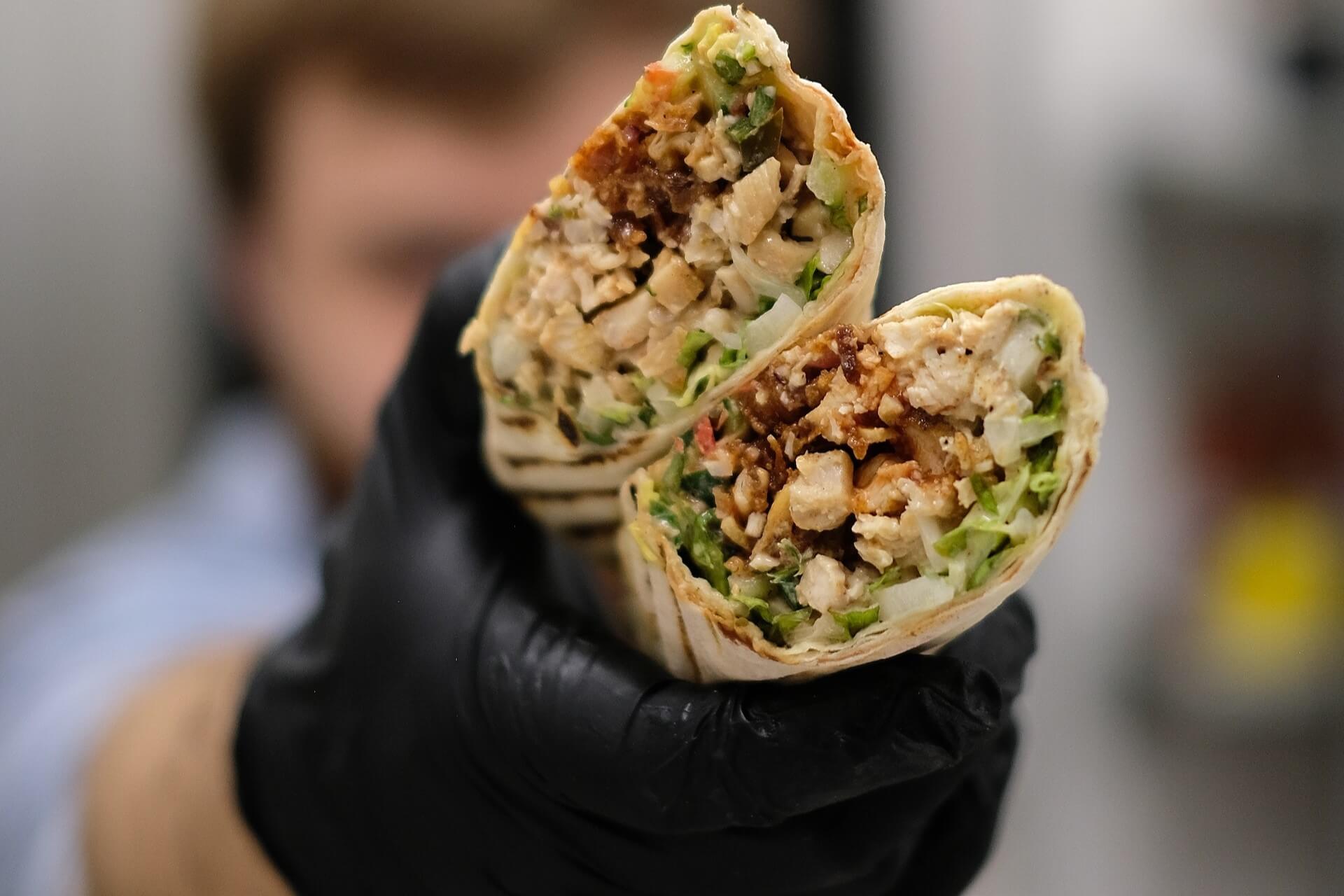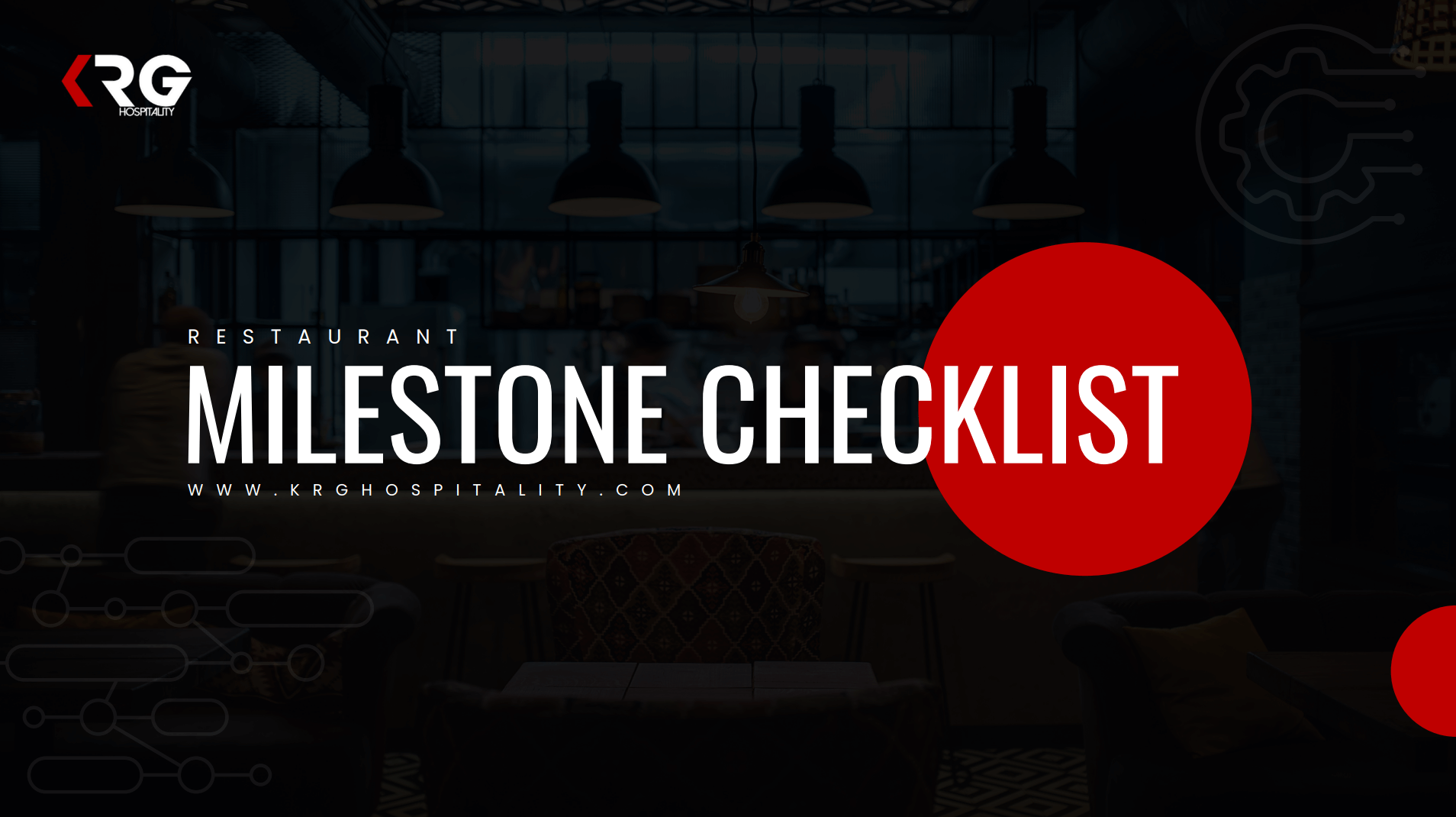Grubhub and Uber Reveal Top 2022 Items
by David Klemt

Grubhub’s 2022 Delivered and Uber Eats’ 2022 Uber Eats Cravings reports are live and there’s one surprise that’s immediately evident.
The top food item lists for both platforms make one thing clear right away: the chicken sandwich is no longer sitting on its throne.
Instead, as far as the data for these two delivery powerhouses show, there’s a new food item king. More compellingly, this menu item holds the throne on both platforms.
Now, I’m not suggesting the fried chicken sandwich is in the dungeon. In fact, the popular sandwich causing “wars” in the QSR space is still holdings it own. Indeed, the sandwich is still in the top five overall at Uber Eats.
Shockingly, it’s not in the top five overall at Grubhub. However, the fried chicken sandwich is among the top five Grubhub lunch and late-night orders.
So, which menu item wears the crown for 2022 in the kingdoms of Grubhub and Uber Eats? The burrito.
That’s awesome news for most operators. Much like the humble but mighty chicken sandwich, concepts can put their signature spin on a burrito. In fact, most concepts can put multiple signature spins on the new king of delivery items. One way to approach this would be to create a permanent signature and then seasonal LTOs.
Top 10 Grubhub Items
In 2022, the fried chicken sandwich only clinches the number seven spot at Grubhub.
Just like Uber Eats, cheeseburgers and pizza outperform the chicken sandwich.
- Burrito (bowl or regular)
- Cheeseburger
- Cheese Pizza
- Pad Thai
- Chicken Quesadilla
- California Roll
- Fried Chicken Sandwich
- Caesar Salad
- Chicken Tikka Masala
- Boneless Wings
Top 5 Grubhub Breakfast Items
- Sausage, Egg + Cheese Sandwich
- Donuts
- Sausage Burrito
- Bagel with Cream Cheese
- Muffins
Top 5 Grubhub Lunch Items
- Burrito
- Cheeseburger
- Fried Chicken Sandwich
- Cheese Pizza
- Chicken Quesadilla
Top 5 Grubhub Late-night Items
- Chicken Quesadilla
- Fried Chicken Sandwich
- Cheeseburger
- Mozzarella Sticks
- Cheese Pizza
As we see, the chicken quesadilla does some heavy lifting at Grubhub. The item holds the number five spot overall, at lunch, and during the late-night daypart.
Top 10 Uber Eats Combos
For their 2022 report, Uber Eats takes a different approach than Grubhub. Instead of just listing individual items, the platform identifies their top combos.
- Burrito + Cheese
- French Fries + Salt
- Cheeseburger + Diced Onions
- Chicken Sandwich + Fries
- Breakfast Sandwich + American Cheese
- Soup + Bread
- Pancakes + Sausage
- Pizza + Mozzarella
- Salad + Balsamic Vinaigrette
- Quesadilla + Sour Cream
Most “Unexpected” Uber Eats Combos
- Ham + Cream Cheese
- Fruit Roll Up + Hot Cheetos
- Pickles + Whipped Cream
- Popcorn + Pickle Juice
- Dark Chocolate + Tomato Salad
- Pizza + Applesauce
- Sushi + Ranch
- Peanut Butter + Pizza
- Cheese + Martinis
- Watermelon + Mustard
To read both reports in their entirety, click here for Grubhub and here for Uber Eats. There are more insights, including beverages and beverage combos.
Of course, longtime readers and our clients know where we stand on third-party delivery platforms. Ideally, operators should take as much control over their business as they can. For us, that means implementing direct delivery as long as it’s feasible and incurs lower costs than third-party.
We view delivery platform reports as menu development resources. It’s always wise to keep up to date on consumer and food trends, after all.
Image: Kamila Bairam on Pexels









